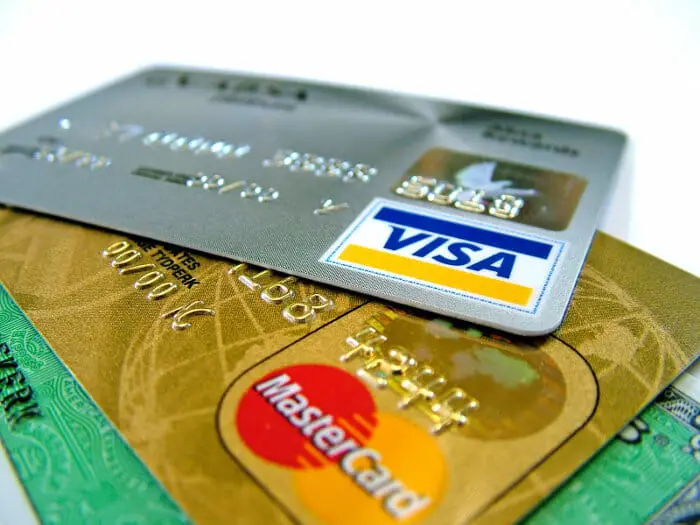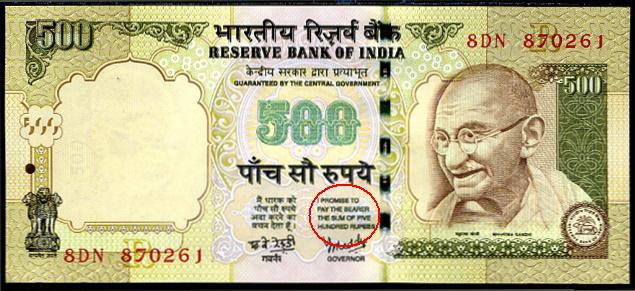As
per extant rule, in case of cancellation of trains, automatic refund of
fare on confirmed or RAC or Waitlisted e-tickets is directly credited
to the account from which booking transactions took place. Online
cancellation or filing of TDR is not required in such case. For PRS
counter ticket, when the train is cancelled due to unforeseen
circumstances such as accident, breach or flood, refund of fare is
permissible across the counter within three days excluding the scheduled
day of departure of the train.
Comparative important cancellation & Refund rules for PRS counter ticket and e- ticket are as under:-
PRS COUNTER TICKET
|
E-TICKET
|
(i)
Cancellation and Refund of fare on confirmed PRS counter tickets is
permissible across PRS counter upto 4 hours before the scheduled
departure of the train
|
(i)
For refund of fare on e-tickets, online cancellation/TDR have to be
filed as the case may be upto 4 hours before the scheduled departure of
the train and refund of permissible refund amount is credited to the
account from which booking transaction took place.
|
(ii)
Cancellation and refund of fare on RAC/Waitlisted PRS counter tickets
is permissible up to thirty minutes before the scheduled departure of
the train.
|
(ii)
In case of RAC e-ticket, the same can be cancelled/TDR can be filed
online upto thirty minutes before the scheduled departure of the train.
In case of waitlisted e-ticket on
which
status of all the passengers is on waiting list after preparation of
reservation chart, the refund of fare is directly credited to the
account from which booking transaction took place.
|
(iii)
In case of cancellation of trains, or PRS counter ticket, when the
train is cancelled due to unforeseen circumstances such as accident,
breach or flood refund of fare is permissible across the counter within
three days excluding the scheduled day of departure of the train.
|
(iii)
In case of cancellation of trains, automatic refund of fare on
confirmed or RAC or Waitlisted e-tickets is directly credited to the
account from which booking transactions took place. Online cancellation
or filing of TDR is not required in such case
|
This
Press Release is based on the information given by the Minister of
State for Railways Shri Rajen Gohain in a written reply to a question in
Lok Sabha on 10.08.2016 (Wednesday).
****
AKS/DK
Source : PIB, (Release ID :148657)







